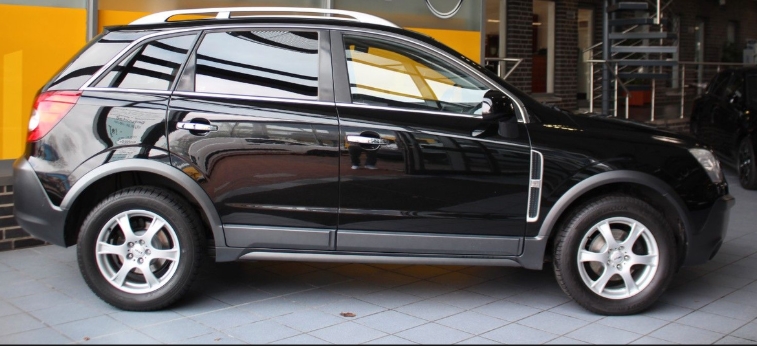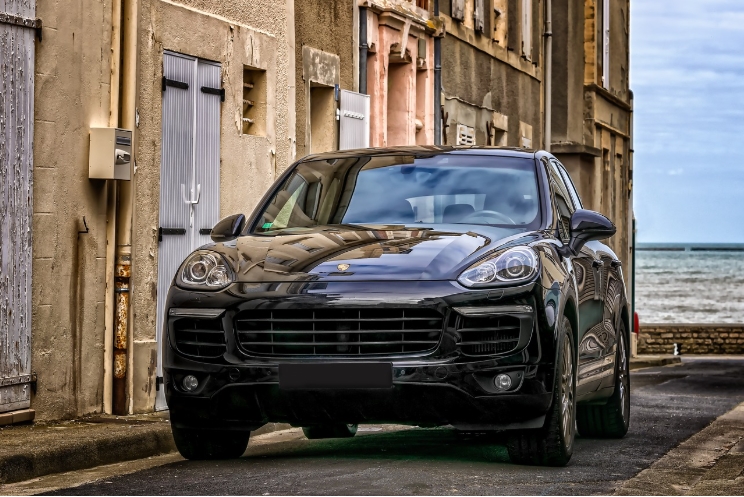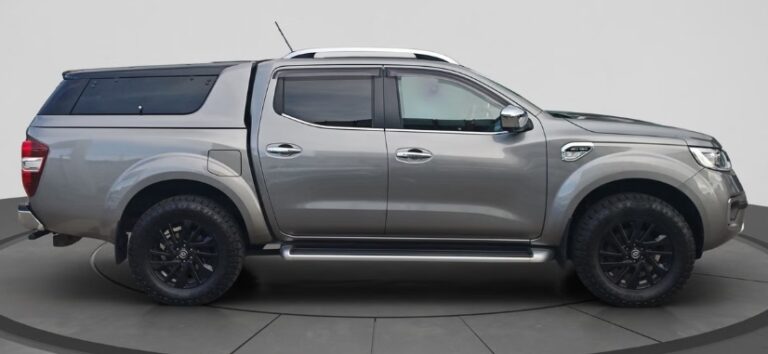The Evolution of the Suzuki XL7
The Suzuki XL7 has established itself as a versatile and affordable midsize SUV, combining the practicality of a family vehicle with the ruggedness suited for various terrains. Over the years, the XL7 has undergone significant changes, reflecting shifts in consumer preferences, technological advancements, and Suzuki’s strategic direction. This article traces the evolution of the Suzuki XL7 from its inception to its current status, detailing production years, models, and trim levels.
Origins and First Generation (2001–2009)
Introduction and Development
The Suzuki XL7 was first introduced in 2001 as a variant of the Suzuki Grand Vitara, primarily targeting North American markets. It was conceived as a more spacious, three-row SUV aimed at families needing extra seating without sacrificing off-road capability. The XL7 shared many components with the Grand Vitara but was distinguished by its extended wheelbase and added third-row seating.
Production Years and Models
- 2001–2005: First-generation Suzuki XL7 was launched as a 2001 model. It was based on the Suzuki Grand Vitara (specifically the compact version), but with an extended chassis.
- 2006–2009: The first-generation XL7 received a significant facelift and updates, continuing until 2009, when Suzuki discontinued the model in North America.
Trim Levels and Features
During its initial run, the XL7 was offered in various trims, mainly differentiated by drivetrain options and equipment levels:
- Base/Convenience: Featured manual windows, cloth seats, and basic audio systems.
- Luxury/Limited: Upgraded with power accessories, premium audio, alloy wheels, and additional comfort features.
- All-Wheel Drive (AWD) and Front-Wheel Drive (FWD): Offered across trims, with AWD being more popular for its off-road and all-weather capabilities.
Powertrain and Specifications
The first-generation XL7 was powered by a 2.7-liter V6 engine producing approximately 185 horsepower, paired with a 4-speed automatic or a 5-speed manual transmission. It featured a part-time 4WD system, with some models offering full-time AWD.
Transition and Discontinuation (2009–2012)
After the 2009 model year, Suzuki ceased the North American production of the XL7 due to declining sales and shifting market demands towards crossover SUVs and smaller vehicles. The model was phased out, but it remained popular in other markets such as India and Southeast Asia.
Resurgence and Second Generation (2020–Present)
Revival and Concept
After a hiatus of over a decade, Suzuki reintroduced the XL7 nameplate in 2020, positioning it as a more premium, feature-rich crossover SUV. Unlike its predecessor, which was based on a body-on-frame chassis, the new XL7 is built on a unibody platform, aligning with current market preferences for car-like ride comfort and handling.
Production and Market
- 2020–Present: The second-generation XL7 was launched in select markets, including India, Indonesia, and the Philippines. It was not initially available in North America, though Suzuki has expressed interest in expanding its global footprint.
Design and Features
The new XL7 features a modern design with sleek lines, a bold grille, and LED lighting elements. Inside, it offers a spacious three-row seating configuration, advanced infotainment systems, and modern safety features.
Trim Levels and Features (2020–Present)
The second-generation XL7 is typically offered in multiple trim levels, varying by market. For example, in India, the trims include:
- Alpha: The top-tier trim with premium features such as a touchscreen infotainment system, leatherette upholstery, and advanced safety features including ESP, ABS with EBD, and multiple airbags.
- Zeta: A mid-level trim offering key features like a 7-inch touchscreen, alloy wheels, and safety equipment but with fewer luxury features.
- Premium/Basic: Entry-level trims with essential features, manual air conditioning, and basic audio systems.
In Indonesia and the Philippines, similar trims are offered with slight variations in equipment and pricing strategies.
Powertrain Options
The 2020 XL7 features a 1.5-liter K15B petrol engine producing around 103 horsepower, paired with a continuously variable transmission (CVT). Some markets also offer a mild-hybrid system to improve fuel efficiency.
Safety and Technology
Modern XL7 models come equipped with features such as:
- Electronic Stability Program (ESP)
- Anti-lock Braking System (ABS)
- Multiple airbags
- Rearview camera
- Keyless entry and start
- Infotainment systems with smartphone connectivity
Notable Variations and Market-Specific Models
While the core design philosophy remains consistent, Suzuki has tailored the XL7 to meet regional preferences:
- India: The XL7 is positioned as a value-oriented crossover combining affordability with features. It is offered mainly in Zeta and Alpha trims.
- Indonesia and Southeast Asia: The XL7 appeals to budget-conscious consumers seeking spaciousness and modern amenities, with trims similar to India but often with localized features.
- North America: Suzuki has not reintroduced the XL7 in recent years, focusing instead on other models like the Vitara and SX4 S-Cross.
.
You’ve got that cool car, but is it resting in its own cool place?
It’s visually pleasing for the surrounding areas outside of your home to look as awesome as what’s stored inside your garage! If you desire a truly inspirational environment, you should check into these plans!

.
Future Outlook and Speculations
Given Suzuki’s strategic focus on compact SUVs and crossovers, the XL7’s future likely hinges on regional market demands and Suzuki’s broader electric vehicle plans. The current model emphasizes affordability, utility, and modern styling, but future iterations may incorporate hybrid or electric powertrains to meet stricter emissions standards.
Summary
The Suzuki XL7 has experienced a significant evolution since its debut in 2001. Initially conceived as a rugged, three-row SUV based on the Grand Vitara platform, it served the North American market until 2009. After a long hiatus, Suzuki revived the XL7 name in 2020, positioning it as a modern, feature-rich crossover tailored primarily for Asian markets.
Throughout its production history, the XL7 has been offered in various trim levels, from basic entry-level models to well-equipped top trims with luxury features. Its powertrain options have shifted from traditional V6 engines to more efficient petrol and hybrid systems, reflecting industry trends toward fuel economy and emissions reduction.
While the XL7’s presence in North America remains limited, its resurgence in other markets underscores Suzuki’s commitment to providing versatile, affordable SUVs that meet diverse consumer needs. As Suzuki continues to innovate and adapt to market shifts, the XL7 may evolve further, potentially embracing electrification and autonomous technologies in future generations.








